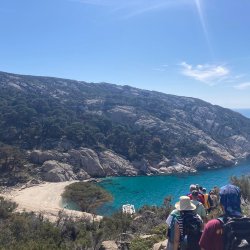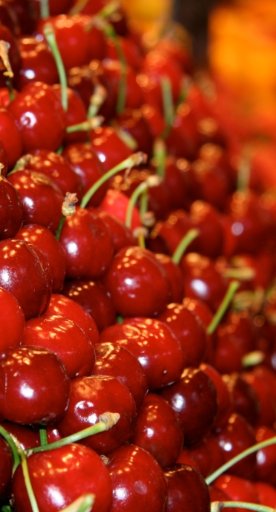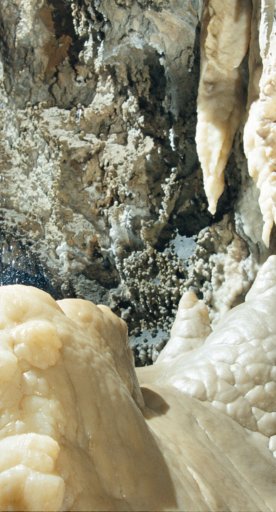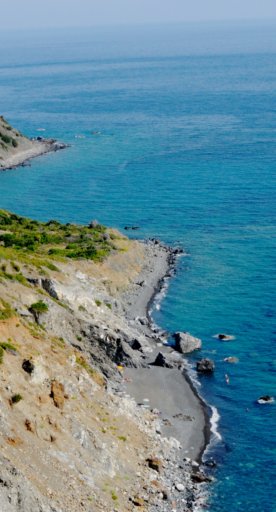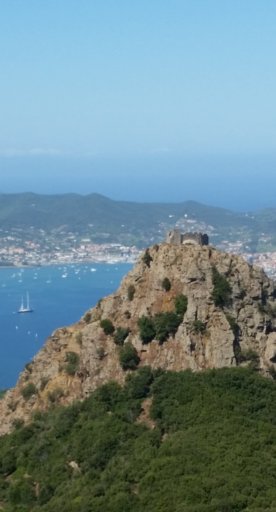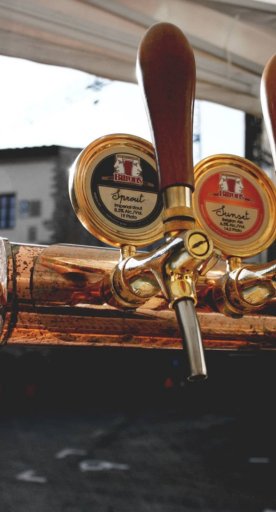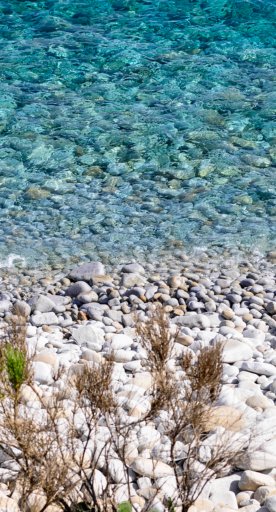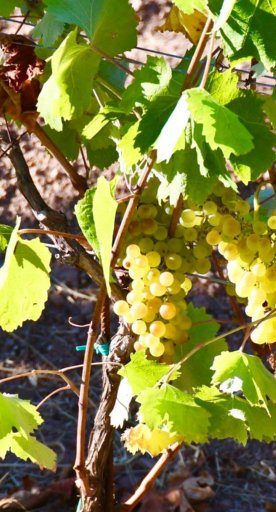
Scuba diving off the coast of Marciana Marina
Magnificent underwater sea beds
The incredible immersions off the coast of Marciana Marina in Elba Island are surely not to be missed. Here are some spots where you can admire the most beautiful sea beds in Marciana Marina. Take notes and get ready to dive!
-
1.Punta Nasuto
-
2.Punta della Madonna
-
3.The Careno Shallow
-
4.Formiche della Zanca
Punta Nasuto

Sailing west from Marciana Marina, you'll find Punta Nasuto. Here the seabed is very varied. For an interesting dive, start from the east side of the promontory. After moving through thick shoals of damselfish hanging constantly in mid-water, you will reach the base of the cliff at a depth of 42 meters.
This underwater itinerary continues for about 50 meters towards the open sea along a sandy tract, until reaching a large isolated rock that rises on the surface of the water for a couple of meters. The life surrounding these two cliffs is extraordinary: there are shoals of white breams and shadefish inside the deep clefts, with lobsters and conger-eels appearing from behind the rocks, as well as the beautiful Anthias whirling inside the cracks with their pink coats.
The rocks display a particularly rich coralligenous with bright colourful sponges, bryozoas and the delicate crowns of the Protula tubularia.
Punta della Madonna

Not far from the previous dive is Punta della Madonna, which can be reached in just a few minutes by boat from the port of Marciana Marina. The dive can be made on the north side of the promontory to explore what looks like its underwater extention, constituted by a large cliff that almost reaches the water surface.
Towards the open sea, the wall descends quickly to 44 meters where the rocks display a large number of deep and large fractures, the ideal hideout for the species that prefer a dark environment. There are many red Apogon imberbis, small slipper lobsters, Galathea and the Stenopus spinosus crayfish with their long antennas. The fractures and the extraordinarily clear water make this underwater landscape really unique. For this dive a flashlight is required.
The Careno Shallow
Between Capo Sant’Andrea and Formiche della Zanca, the great Careno Shallow rises up to 14-20 meters from the sea surface. The area facing the coast slopes gently to a moderate depth while the area towards the open sea forms a rockslide of various terraces which reach a depth of 40 meters. The morphology of the seabed is characterized by a series of big rocks, one on the other, forming hide-outs, caves and narrow tunnels that create the perfect housing for many reef fish such as wrasse, groupers and blennies.
In the darker areas grow sponges and tunicates, such as the transparent Clavelina lepadiformis and the red Halocinthya papillosa, which beautifully colour the rocks. The side facing northwest is spectacular: descending along the wall formed by enormous rocks and after reaching a depth of 30 meters, there are gorgonias, lobsters and plenty of scorpion fish. This part of the coast is particularly luxuriant thanks to the presence of constant currents carrying essential nourishment for the development of many forms of life. As on most of the shallows, even here it is possible to observe the passing of dentexes and amberjacks that reach these waters in search of prey.
Formiche della Zanca

To the west of Marciana Marina, between Capo Sant’Andrea and Punta della Zanca, is Formiche della Zanca, one of the finest dive sites on the northern coast of Elba Island. The so called Formiche, is constituted by a group of emerging rocks and its underwater part is an amazingly scenic seabed with various routes for the divers.
The side towards the Island of Capraia is particularly beautiful: beyond a detrital plateau confined by rocks, the dive route starts descending until it reaches tall pointed cliffs and a large channel, the walls of which are made of large rocks containing many hide-outs for conger-eels and shadefish.
Deeper, beyond 45 meters, there is a fantastic seabed covered by fans of red Paramuricea clavata: a particularly interesting subject thanks also to the schools of Anthias and damselfish elegantly swimming among the branches. Among the rocks it is fairly common to spot the antennas of a lobster, while surfacing schools of saddle breams, bogues and occasional amberjacks regularly accompany the diver.
